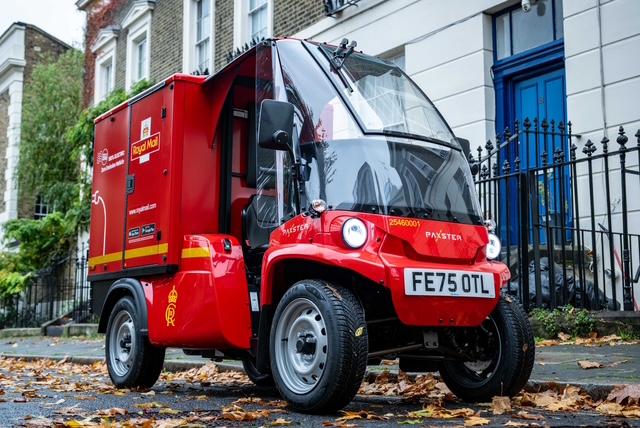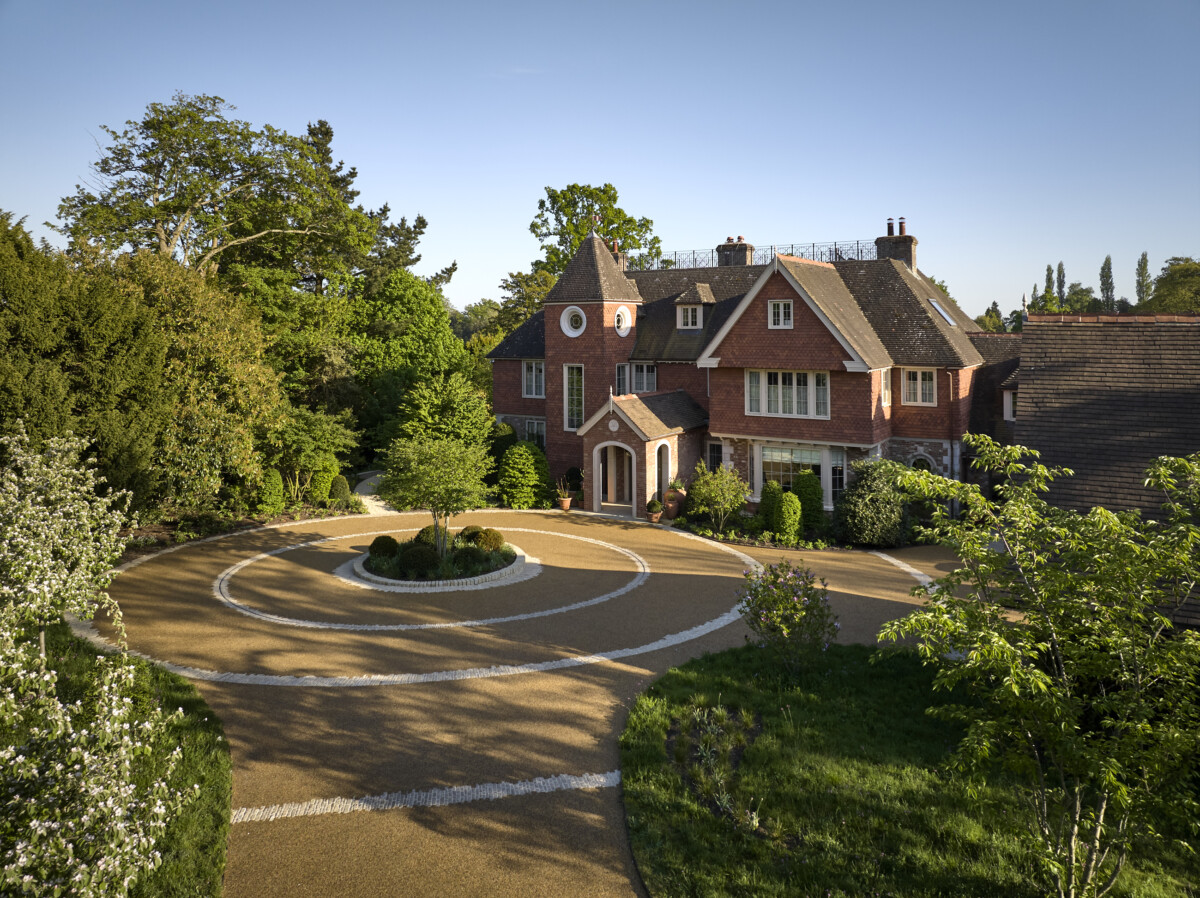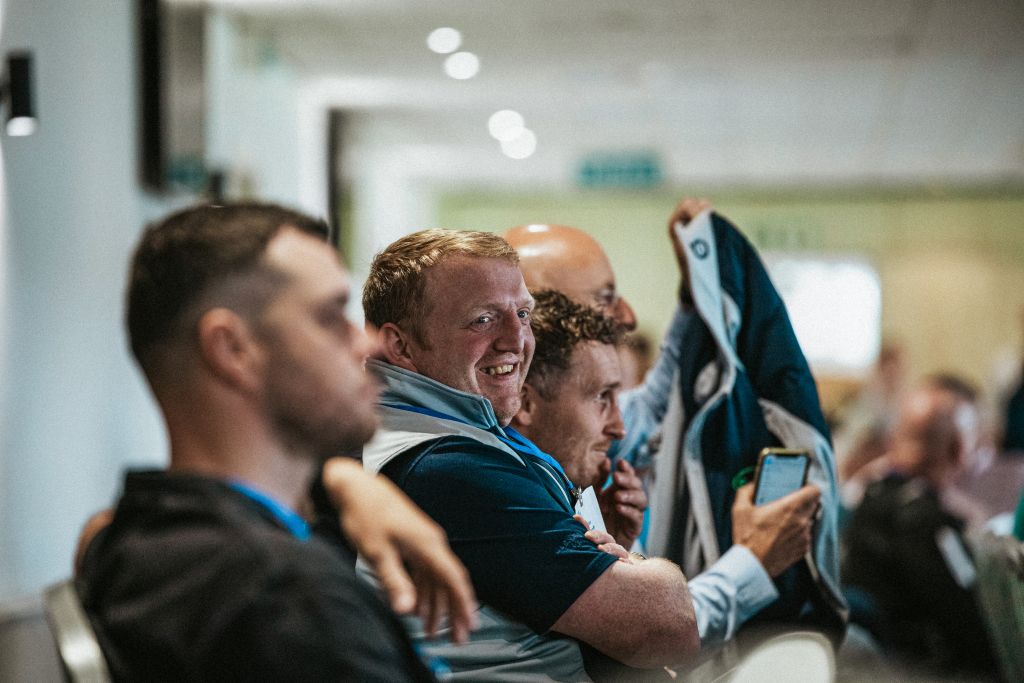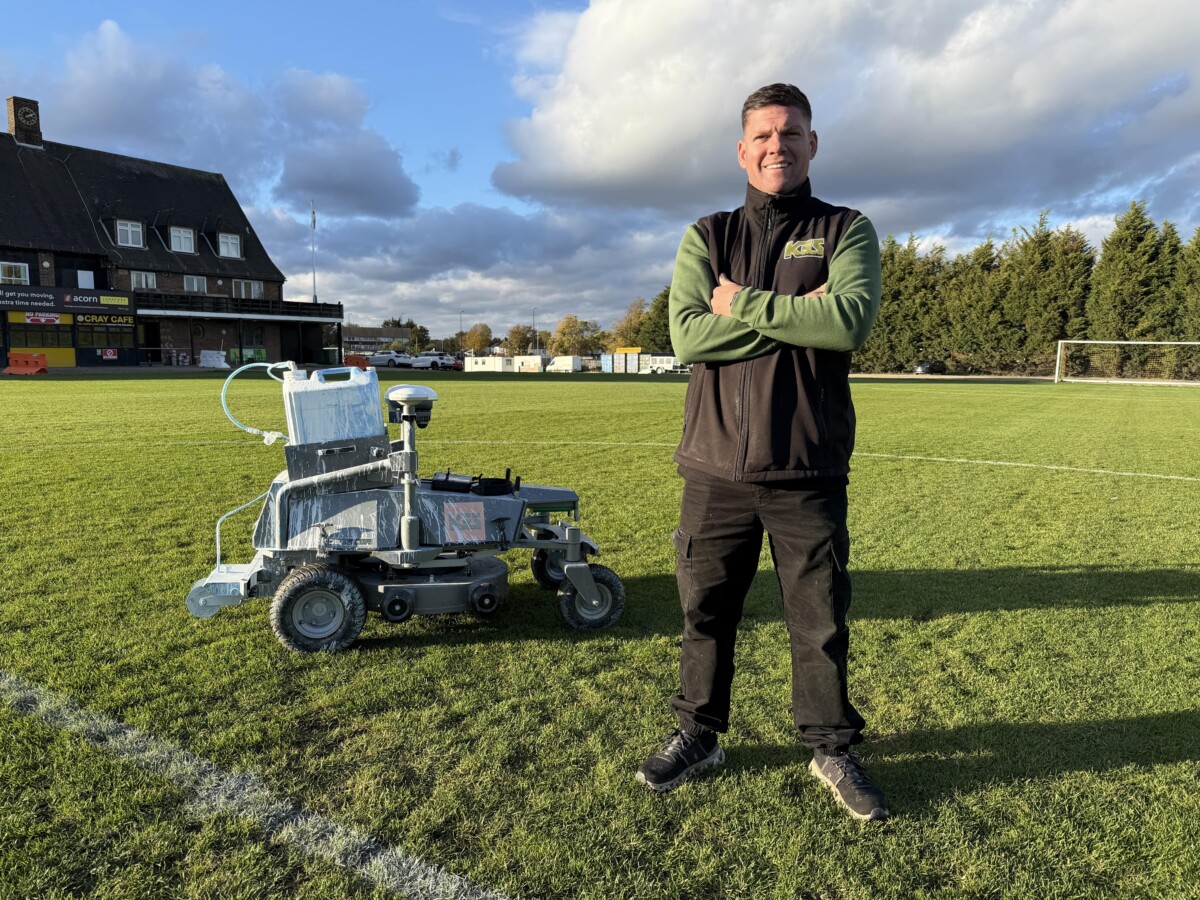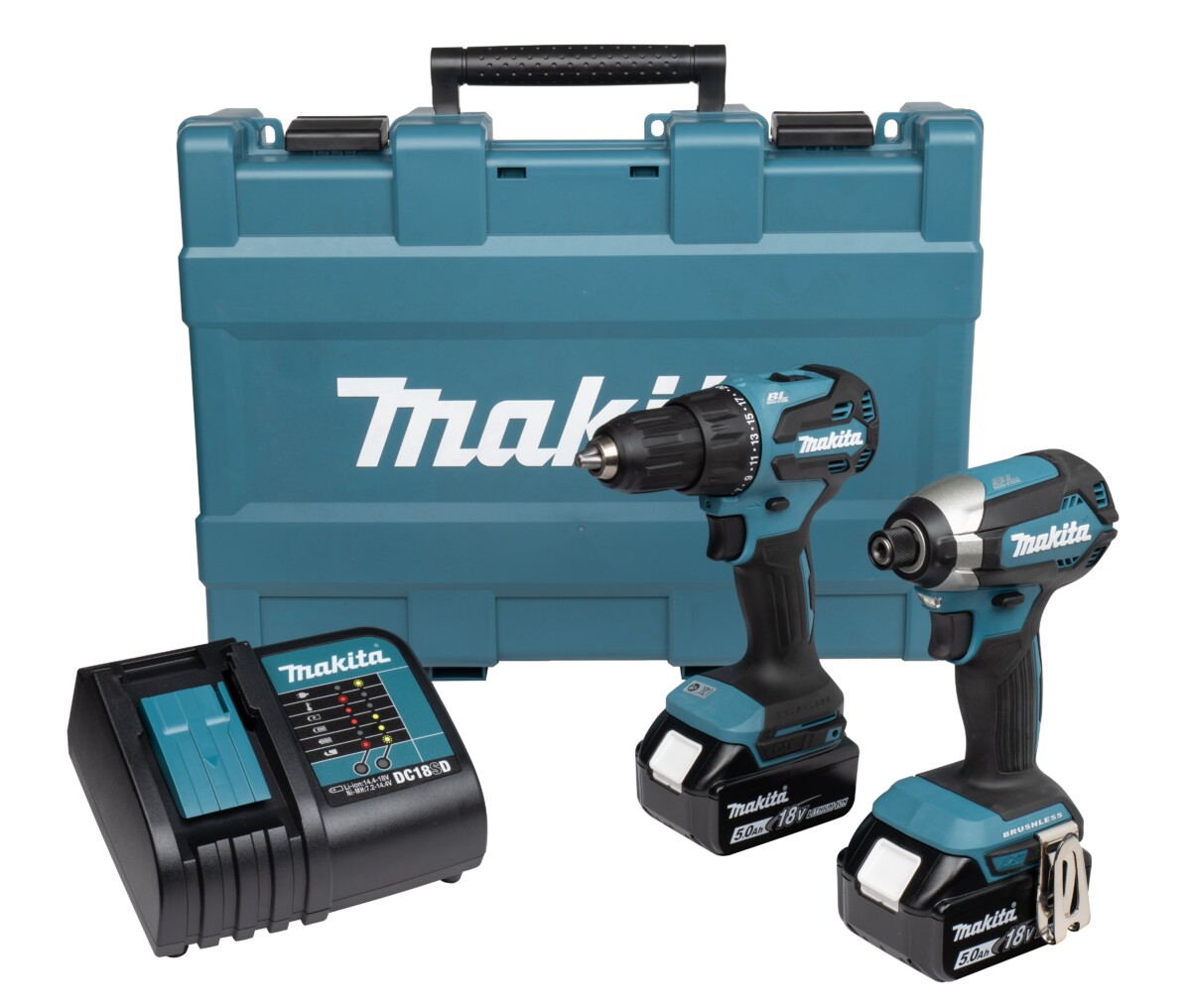Saving Line Marking Costs Through Innovation: On 29th June 2017, technology giant, Apple, marked 10 years since the iPhone was first released. A fact almost difficult to believe as we consider just how much this smart device has transformed our lives; improving organization, efficiency and communication to say the least.
In the Grounds Maintenance Sector, we have marked a similar technological anniversary for Fleet Line Markers, the Apple of the industry, who pushed boundaries in productivity, accuracy and quality through the development of its own innovative iPhone equivalent, BeamRider, also in 2007.
Still positioned as the only laser guided, automated line marking machine Worldwide, BeamRider puts aside 3/4/5 triangles and string lines, through the creation of laser-guided perfect right angles and straight lines in a matter of seconds.
2017, however, brings new innovation, as from the advanced mechanics of BeamRider, the MAQA has been born – creating a new era of marking, with no strings or measuring tapes, just pure GPS guided line marking from start to finish.
For Iain McGuffie, Managing Director and master-mind behind Fleet’s innovations, a need to continuously develop innovative products for the industry is fueled by his desire to provide a solution for problems surrounding productivity, costs and quality.
He explained: “Using traditional methods, a football pitch takes at least two Grounds Staff 2.5 hours to initial mark, using 3/4/5 triangles, measuring tapes and strings – often retouched just a week or two later. An essential but costly process.”
“In understanding the extent of this often-arduous task, Fleet has always focused on different ways in which we could make a Groundsmans’ job easier, reviewing problems surrounding accuracy, quality, cost, speed and productivity – key issues that still resonate for many turf professionals today, despite advances in the sector.”
“Ultimately, when we develop innovative products, we take the time to listen to and work closely with our customers. Using BeamRider as an example, many customers had expressed the need for a system that would make initial marking quicker and easier, and as such the idea of a laser guided system was created.”
This theme of innovation has resonated throughout the Grounds Maintenance Sector throughout the past decade, with developments in Line Marking Paint and Machines bringing about significant change for Grounds Staff:
Line Marking Paint
Since 2007 Manufacturers have focused on a number key developments in line marking paint, including the longevity of paint, ease of application and use, and extreme concentrates vs ready to use products.
This time period has also witnessed the demise of dry marking powder, such as Easiflo due to improved paint science. The main battle, however, has lied quality versus cost: A somewhat challenging battle, as lower cost paint has often resulted in lower quality – harboring productivity by increasing the likelihood of re-application.
Pushing for innovation, Fleet Line Markers has worked hard to maintain paint quality, utilising the best raw materials to create paint that is brighter and whiter than ever before, with the added benefits of no re-wetting, instant dispersion of concentrated paint and soft settlement technology.
The introduction of ready to use products such as DROO, has also enabled Grounds Staff to mark a full sized football pitch with as little as 1.1 litres of paint, significantly saving both time and costs.
Line Marking Machines
Grounds Staff would agree that the initial mark of a pitch is one of the most time-consuming jobs, where pin point accuracy weighs heavy. However, recent advances in laser guided and GPS line marking has improved productivity by up to 75%, whilst placing any concerns over line accuracy as a thing of the past.
Advances in technology have also removed the manual task element of initial marking – meaning multiple pitches can be initial marked and painted in a fraction of the time, compared to the traditional methods of lines string, measuring tape and 3/4/5 triangles. The result? Accurate, straight lines with little input from Grounds Staff at a percentage of the cost.
The statistics included in the table below demonstrate this point effectively:
|
Marking Method |
No. of Pitches |
Time |
Resource |
Cost |
| Traditional String | 20 | 2.5 hours per pitch | 2 Men | 100 hrs. x £20 p/h = £2,000 |
| Laser Guided | 20 | 0.58 hours per pitch | 2 Men | 23.2 hrs. x £20 p/h = £464 |
| GPS Guided | 20 | 0.5 hours per pitch | 1 Man | 10 hrs. x £20 p/h = £200 |
Resilience to change
The main issue surrounding innovation in line marking? Resilience to change. A resilience to trust new machinery and allow robotics to undertake a previously manual task – a point supported by the fact a vast number of sports clubs still utilize original pedestrian line markers, particularly if the recent ‘Finishing Touches’ footage of Wimbledon is anything to go by.
Iain finished: “Despite innovation saving costs, time and efficiency – with increased accuracy and quality output – our next hurdle does not lie in providing an effective solution to overcome the problems experienced by Grounds Staff, as with MAQA we already have it. It, in fact, lies in helping conventional grounds staff see and perceive the benefits of line marking through GPS. As, we believe, much like the iPhone, it will be life changing… if you just let it!”
For the latest industry news visit turfnews.co.uk
Get all of the big headlines, pictures, opinions and videos on stories that matter to you.
Follow us on Twitter for fun, fresh and engaging content.
You can also find us on Facebook for more of your must-see news, features, videos and pictures from Turf Matters.













